Information about the museums in the city of Malaga. Museum of Automobiles - Museo Automovilistico in Malaga city, Costa del Sol, Andalucia
By Nick Nutter | Updated 24 Sep 2022 | Málaga | Museums |
Login to add to YOUR Favourites or Read Later
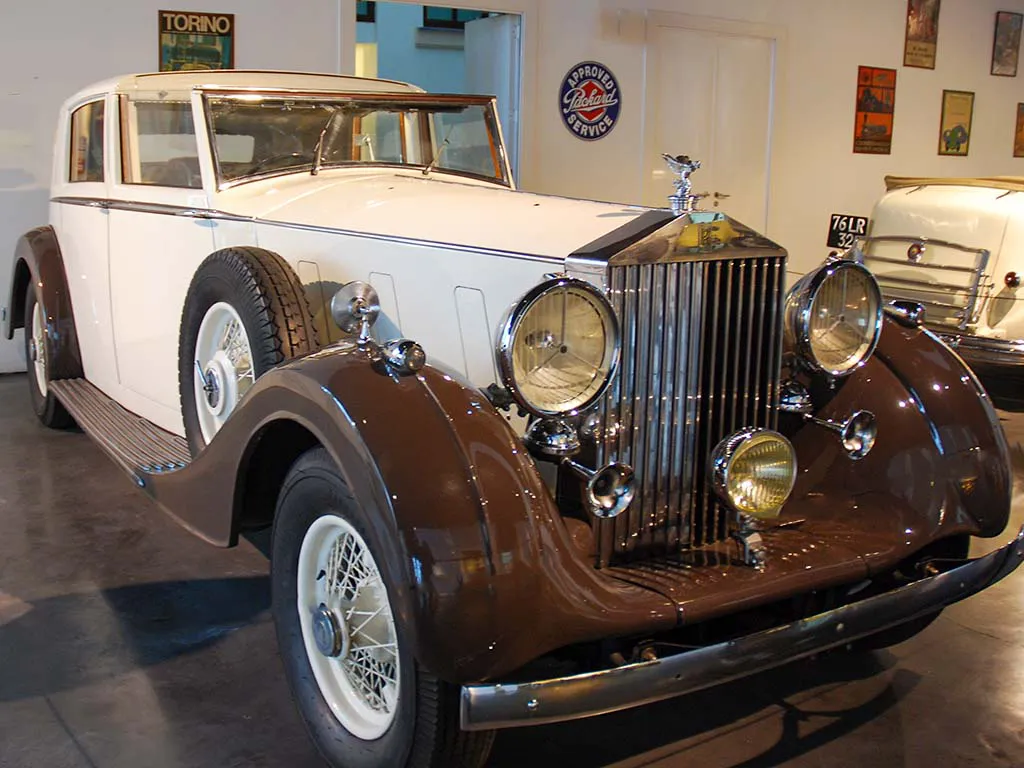
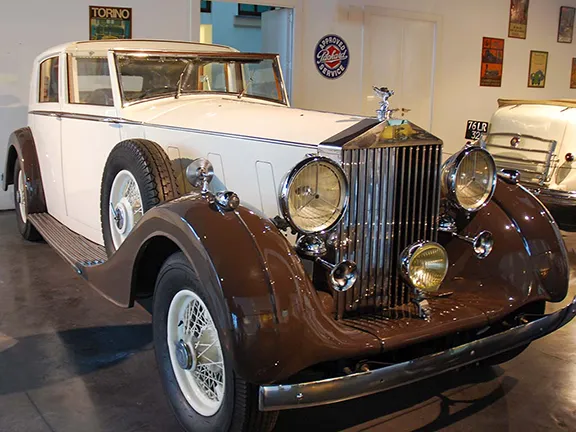
Vintage Rolls Royce - Museum of Automobiles at Malaga
The Málaga Museum of Automobiles is not just a museum packed with motor vehicles. It is a journey through time illustrating how the first vehicles, only available to the wealthy, created a demand for cheaper cars that could be afforded by the masses.
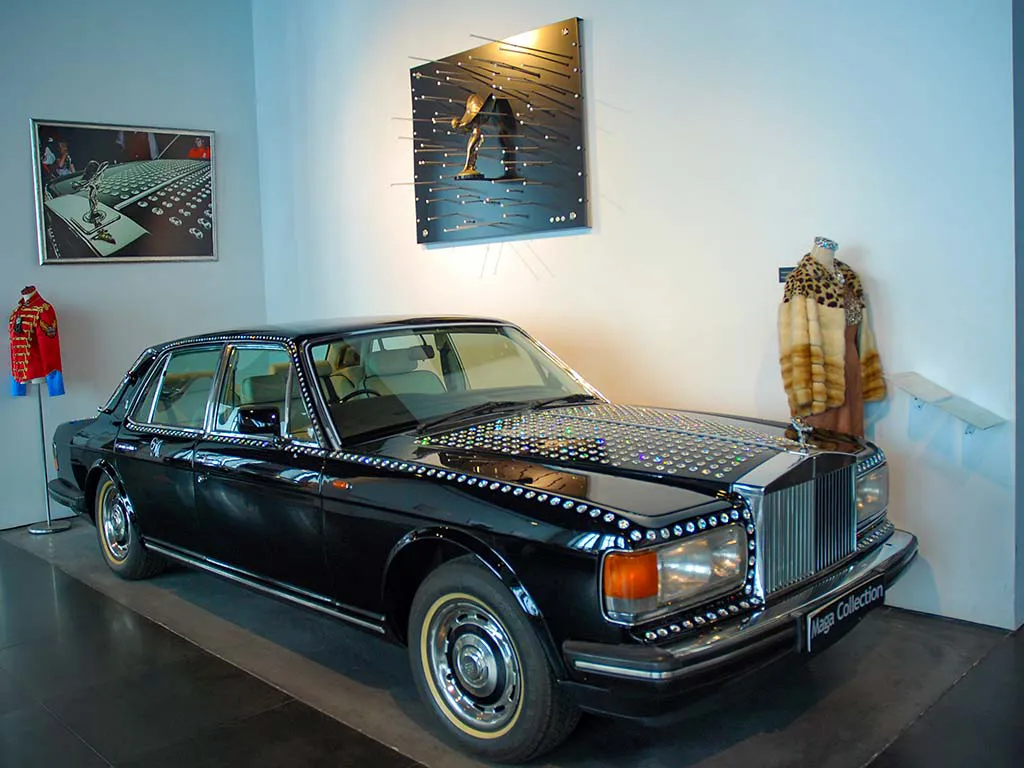
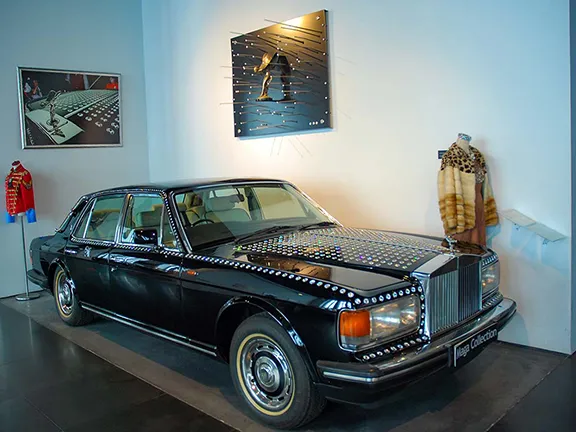
Museum of Automobiles at Malaga
At the same time the Victorian manufacturers’ attitude of defining the market according to what they produced; as Henry Ford expressed it ‘You can have any colour you want so long as it is black’, was overturned. The automobile market became market-led; the customer determined how the car developed and that development depended on the job the vehicle had to perform, the fashions, the social activities of the time and changing class values.
The journey starts in the Belle Epoque, the late 19th century to 1914 when vehicles were little more than horse-drawn carriages with engines. During this period, cars were hand made and, consequently, not only expensive but an expensive novelty that only the rich could afford. It was unthinkable that the ‘lower classes’ would drive a motor car, unless, perhaps, as a chauffeur. Individual manufacturers, many of whom were amateurs, refined the steam engine and the petrol engine. As early as the 1890s, Rudolph Diesel invented the engine that bears his name, but it was not until the 1920s, by which time it was much lighter in weight and more efficient, that motor vehicles had diesel engines. The steam engine suffered from the same problem, size and weight, and it was the internal combustion engine that attracted most entrepreneurial inventors and eventually became the dominant type of engine in motor vehicles. Henry Ford introduced his ‘Model T’ in 1908, and his assembly line in 1913, the first mass-produced car. He aimed to make his vehicles cheaper and therefore attract more customers. Apart from the assembly line that cuts down the time needed to build a car, he eliminated much of the unrequired technology, such as the carburettor. Gravity worked just as well.
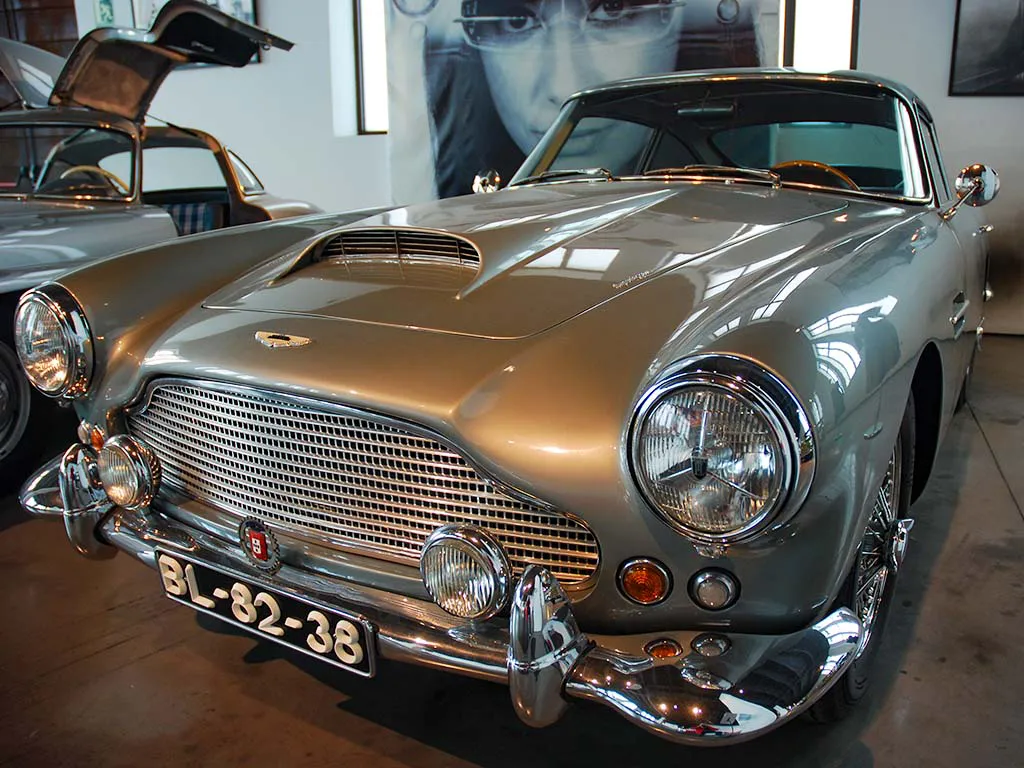

Aston Martin DB6 - Museum of Automobiles at Malaga
After the First World War, we have the Golden Years, the 20’s. The euphoria caused by the end of the war created a liberalisation of fashion, clothes and vehicles and the emancipation of women, all of which influenced the design of the car during this period. During the war many women and ‘lower class’ men had become accustomed to driving lorries, ambulances and vans. At the end of the war there were lots of drivers and not many vehicles. This created a market that car manufacturers raced to fill, but the cost of a car was still too much for the average person. Never mind, the upper class were still very much in evidence and they wanted cars. The Art Deco automobiles are from this Golden Age. They reached levels of quality never before experienced. It is during this period that Rolls Royce, Mercedes, Packard, Delage and Lancia emerged as the manufacturers producing the most innovative, creative and above all luxurious designs.
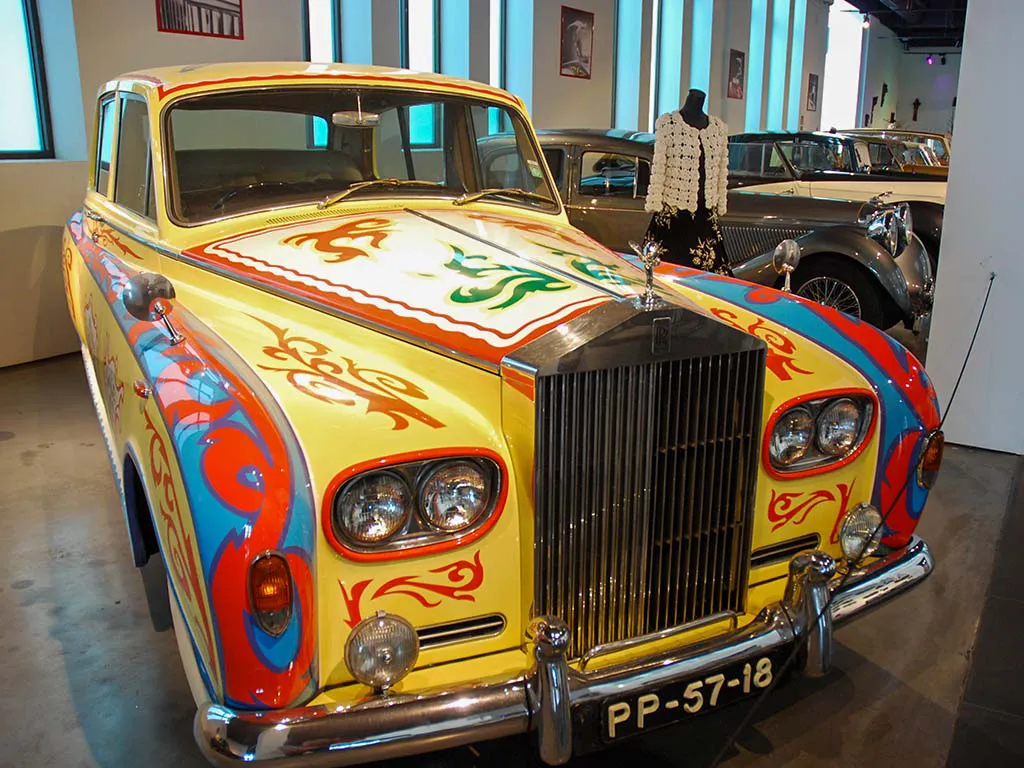

Psychedelic Rolls Royce - Museum of Automobiles at Malaga
The depression during the 1930s emphasised the very definable boundary between the ‘haves’ and the ‘have nots’. However, car manufacturers had now come up with new, less expensive designs. They became known as the 'Popular Cars', those driven by the doctors, vets and priests, the newly emerging middle classes. Cheaper to build and less expensive to run, they reflected the harder financial climate of the ’30s.
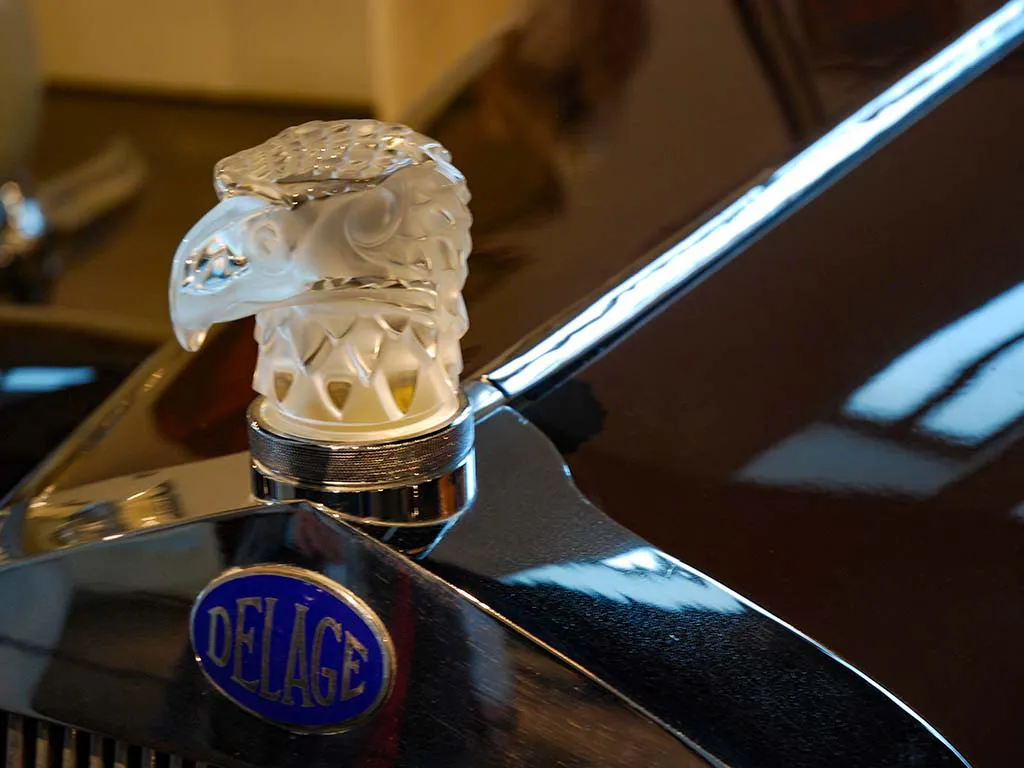

Classic Delage - Museum of Automobiles at Malaga
Meanwhile, Adolf Hitler, in Germany, had a brilliant idea. He had a People’s Car designed by Porsche that would be affordable to every family in Germany. To allow the most impoverished families to pay for the Volkswagen without incurring debt, he introduced a scheme whereby each participating family contributed a small amount every week or month and, at the end of a fixed term, they would end up with a Volkswagen. Then Hitler had his next big idea; to take over Europe. At the outset of the Second World War over 100 million marks had been contributed to the ‘car fund’ and the People’s Car Factory was converted to produce tanks and motorcycles.


Mother in Law's Seat - Museum of Automobiles at Malaga
At the end of the war, the general expectation in Europe was for, ‘things to be better’. Unfortunately, things did not get better for some time. The ‘austerity years’ lasted well into the ’50s. In 1950 there were 4 million cars registered in the UK belonging to a population of 50.38 million. In America, things were, definitely, better. The U.S.A. ended the war in a better economic state than when they entered it. Almost every other country owed them money. In 1950, the population in the United States was three times that of the UK and there were eight times as many cars. At this time, one in five families in the States already owned a car. Not surprisingly, it was in the United States that the car became bigger, flashier, and more powerful, representing the ‘American Dream’. The Automobile Museum displays the car that epitomises the dream, Elvis Presley’s “Eldorado”, a 1959 Cadillac Convertible.
In Europe, car design took an unexpected turn considering the general austerity in the 1950s. The period is known as the Avant-Garde period during which aesthetically advanced models and fashions were created to impress and surprise society, in clothing and on the road. The ’50s ushered in the Dolce Vita decade. Sports cars were in vogue. The Maserati, Porsche, Aston Martin and Jaguar came to the fore, for those that could afford them.
In Europe, it is only as we enter the 60s and 70s that car manufacturers started to cater to blue-collar workers. Manufacturers produced models that became increasingly similar as time went on, mass production for the masses. It was left to the emerging pop stars and hippies to stamp their individuality on their vehicles. They did that in psychedelic style.
Looking to the future, the Málaga Museum of Automobiles has three experimental cars that run on solar power, hydrogen and compressed air and compares them with early 20th century models that ran on alternative fuels, electricity and steam.
The Málaga Museum of Automobiles has a collection of almost 100 cars together with 200 Haute Couture fashion exhibits that together offer an insight into the world of the motorist from the earliest days into the future.
The owner of the cars is Joao Manuel Magalhaes, who is from Oporto, Portugal. His father started the collection and Joao continues collecting. He offered Portugal the opportunity to fund a museum for the collection, but that government was not interested. So Magalhaes decided to bring the collection to Spain. He approached the Ministry of Culture and made his proposal. The Ministry of Culture sent solicitations to the major cities of Spain and Malaga was the first city to offer to build the museum. The Mayor of Málaga and all his councilors went to Portugal to see the collection and talk to Magalhaes, and they came to an agreement in 2007. The City of Málaga has spent 9 million euros in building the museum in the Tabacalera building. The collection of cars is worth around 25 million euros and is one of the most important collections of vintage cars in the world.
Visit the Automobile Museum website for opening times and prices